Share the post "Getting Faster for Soccer: Unleash Your Speed with Elite Training Tactics!"
Speed may distinguish good soccer players in a fast-paced world. We know players need speed to outrun opponents and score goals. Soccer-specific speed training improves acceleration and agility. We may improve our sprinting speed, acceleration over short distances, and field-relevant technical motions with precision and attention to the correct exercises.
Every soccer player’s speed training should go beyond sprinting quickly. A balanced strategy should include strength training, technical drills, and tactical applications in match-like circumstances. We teach our bodies to efficiently engage muscles during matches by doing activities that increase muscle power. Targeted workouts that mirror in-game motions ensure that training speed improves match performance.
Key Takeaways
- Strength, skill, and tactics are needed to improve soccer speed and agility.
- Frequent technical drills ensure that speed leads to game success.
- A balanced speed plan includes nutrition, recovery, and mental preparation to maximize athletic performance.
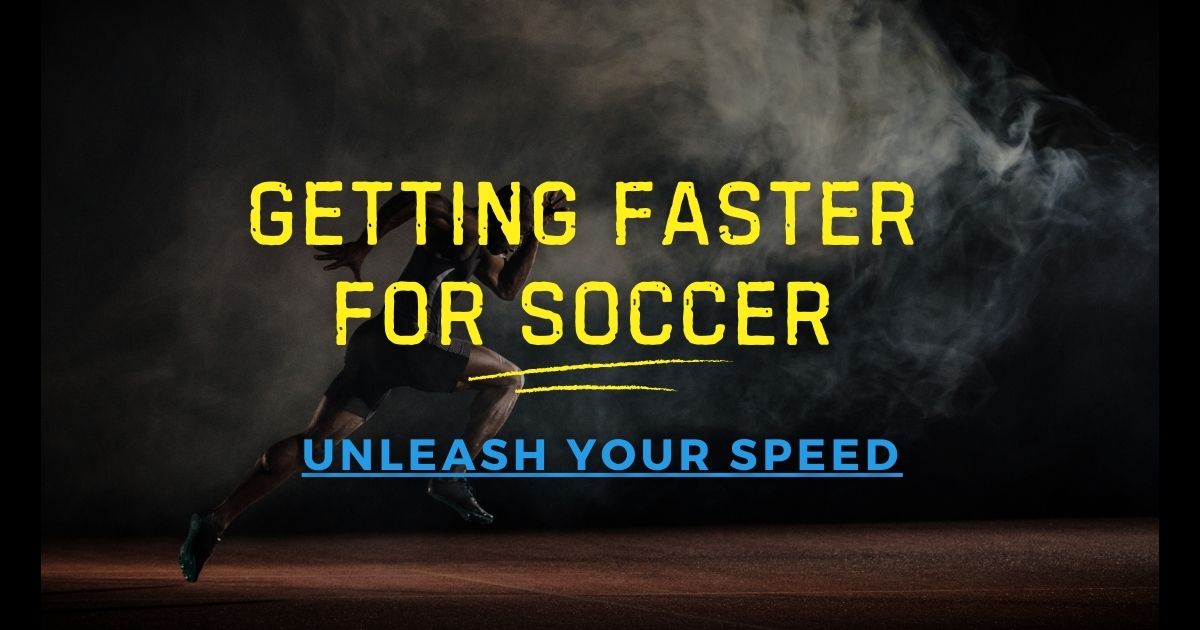
Fundamentals of Soccer Speed
When we speak of soccer speed, we are referring to more than just sprinting. It’s a combination of acceleration, agility, and maximum velocity that defines how we dominate the field.
Understanding Soccer Speed
We train our acceleration, the ability to gain speed quickly from a standing start or during movement, and our maximum velocity, the highest speed we can reach, through repeated practice. We also work on agility to quickly change direction without losing speed.
The Role of Fast-Twitch Muscle Fibers
Soccer players need fast-twitch muscle fibers for explosive actions like sprinting toward the goal or leaping for a header. Strength and power training can develop these fibers, which speeds up acceleration and field movements. Plyometrics and sprint drills engage these fibers.
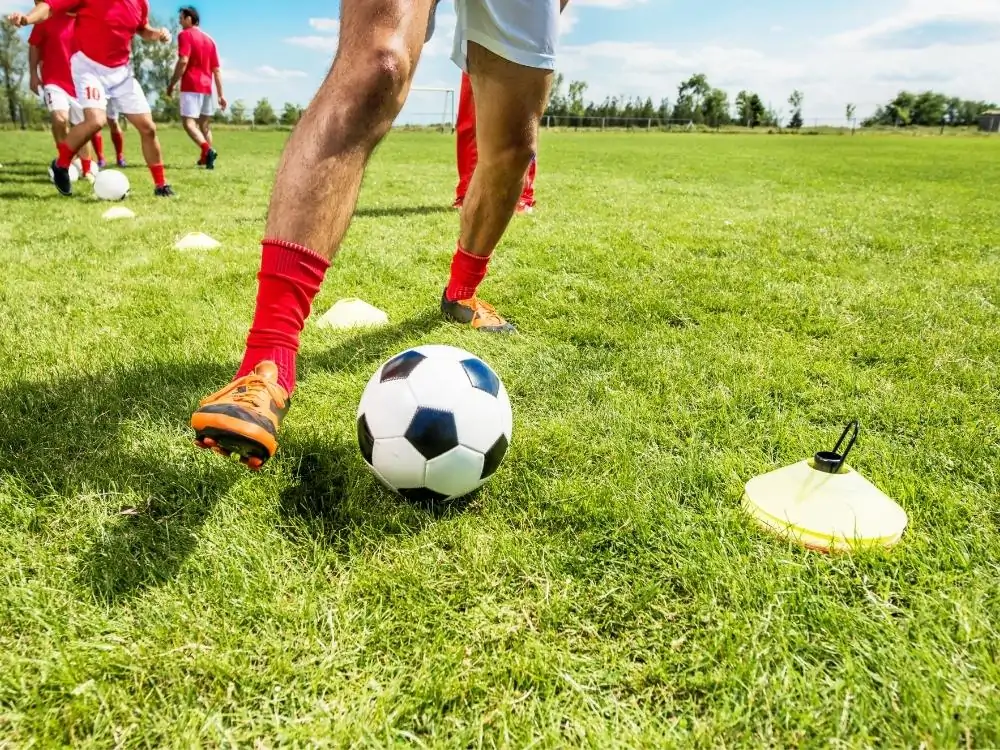
Essential Speed Training Principles
In soccer, mastering speed isn’t just about running fast; it’s about how we train to run fast. We focus on principles that enhance our ability to move with explosive power and velocity on the field.
Progressive Overload
To continually improve our speed, we apply the principle of progressive overload. This means gradually increasing the intensity or volume of our workouts to challenge our muscles and neuromuscular system. A practical approach could be adding more sprints or increasing the distance over time, always ensuring we push our limits just enough to trigger adaptation without causing injury.
Variability in Training
We incorporate variability in training to target different aspects of speed. From short bursts of acceleration to sustaining maximum velocity, variety ensures we’re developing all facets of speed. We mix exercises like agility drills, with longer sprints and resistance training to ensure a comprehensive approach.
Training Intensity
Training intensity is key to making gains in our speed. It’s not just about how often or how long we train, but how hard we train during each session. High-intensity drills that mimic match conditions, like 10-second uphill sprints, ensure we’re building the kind of speed that transfers onto the field. Adequate rest between sets is also critical to maintaining a high level of effort and quality in each sprint.
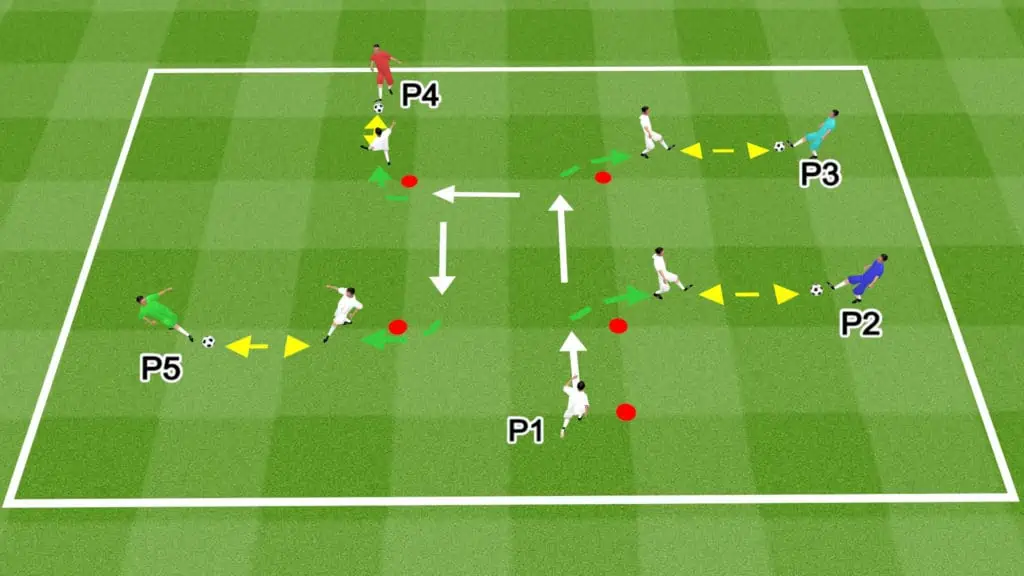
Technical Drills for Speed Development
In our pursuit of peak soccer performance, we’ve identified powerful technical drills that specifically target speed development. Let’s dive into the exercises that can elevate our game to the next level.
Plyometric Exercises
We incorporate plyometric exercises to boost our explosive power, which directly translates to sprinting speed. These movements train our muscles to exert maximum force in short intervals, a vital aspect of soccer.
- Box Jumps: We perform box jumps to strengthen our legs, focusing on explosive takeoffs and soft landings to mimic the quick bursts needed in soccer.
- Bounding Drills: By powering forward with long strides, we enhance our stride length and frequency, crucial for winning those sprints down the field. Learn more about the impact of plyometric exercises on soccer performance here.
Agility Ladder Drills
Agility ladder drills fine-tune our coordination and footwork, giving us the nimbleness needed to dodge opponents.
- Single-Foot Runs: We challenge ourselves with high-speed single-foot runs through each ladder square, improving our balance and coordination.
- In-Out Drills: We step in and out of the ladder squares swiftly to better our lateral movement speeds, essential for defending and attacking plays. For detailed agility ladder exercises, check these drills.
Sprint Training Techniques
Precise sprint training techniques are critical to adapting our muscle memory for match scenarios.
- High Knees: We focus on driving our knees as high as possible with each sprint, reinforcing proper form for increased acceleration.
- Interval Sprints: We alternate between high-intensity sprints and recovery periods to mirror the stop-and-go nature of soccer, thus improving our overall speed endurance. Discover valuable insights on sprint training geared towards soccer here.
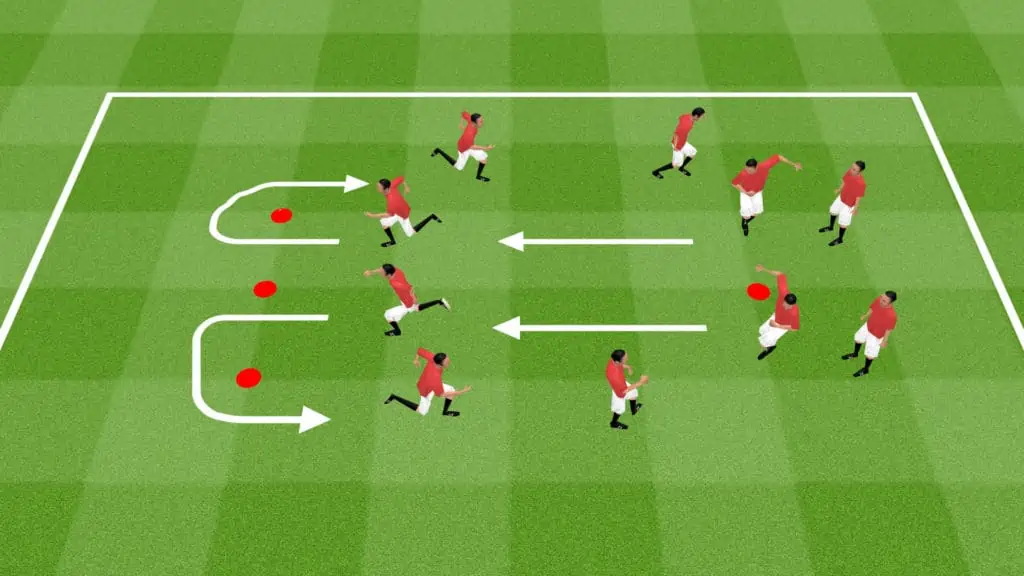
Tactical Applications on the Field
When we step onto the soccer field, the strategic use of speed can dramatically elevate our game. Our precise movements and quick reactions are fundamental in outmaneuvering the opposition and creating successful plays.
Position-Specific Speed Training
For defenders, our emphasis lies on reactive speed to intercept passes and tackle effectively. We train for short bursts of speed critical in one-on-one scenarios. Midfielders, however, need a combination of endurance and speed to cover vast areas and connect the defense with our forwards. They practice repeated sprints to maintain high performance levels throughout the match. Forwards are all about explosive speed; we perfect our ability to sprint and change pace abruptly to break away from defenders and create scoring opportunities.
Transitioning from Defense to Offense
Key to this transition is our ability to identify when turnover has occurred. We must swiftly shift gears, moving from a defensive to an aggressive mindset. Our backline starts the transformation by quickly distributing the ball to midfielders or forwards. We train for speed in decision-making and execution to catch opponents off balance, turning defense into an immediate offensive assault.
Counterattacking with Speed
Counterattacking requires us to be clinical and swift. We work on recognizing cues that signal a counterattack opportunity. Our players up front need to read the game accurately and sprint into space, exploiting any gaps in the opposition’s defense. We emphasize precision passes and quick transitions from our defensive third to launch rapid and effective counterattacks.
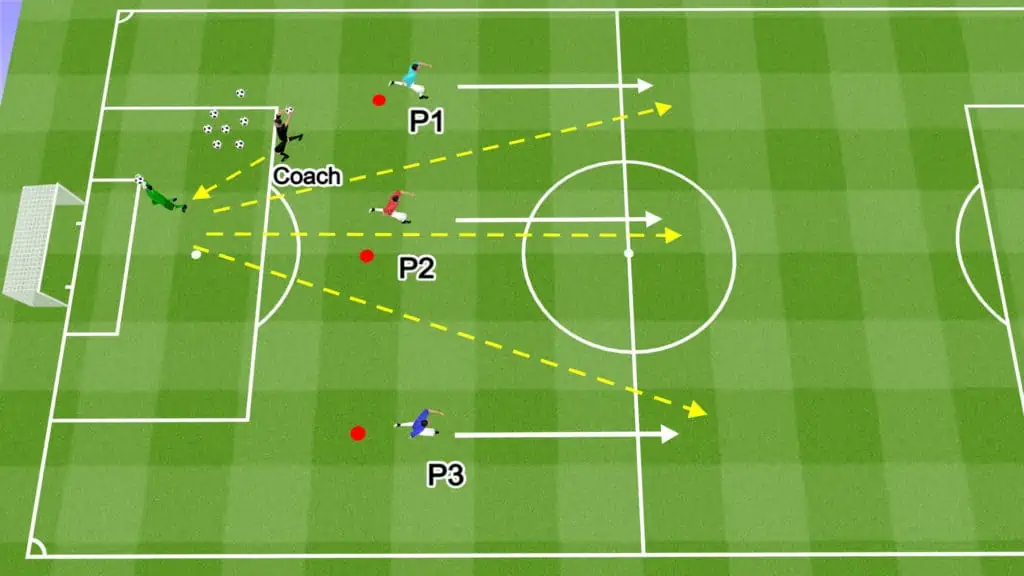
Strength Training to Support Speed
In soccer, the right strength training is crucial for our speed. Let’s focus on how we can increase our explosive power, enhance our core stability, and strengthen our lower body to maximize our speed on the field.
Core Stability Exercises
Core strength is the foundation for any explosive movement, including those on the soccer field. By engaging in core stability exercises, we ensure our movements are sharp and energy is efficiently transferred. A couple of exercises we should include in our regimen are planks and Russian twists. Holding a plank position for intervals strengthens our entire core, while Russian twists target the obliques, crucial for those rapid directional changes.
Lower Body Strength
Our legs propel us across the field, so power here is non-negotiable. Squats and deadlifts are fundamental exercises to build leg strength. Here’s a simple guideline for our routine:
- Squats: Aim for 3 sets of 6-8 reps with enough weight to challenge the last two reps.
- Deadlifts: 3 sets of 6 reps, focusing on form to prevent injury and maximize benefits.
We see the most gains when we push our lower body’s limits with controlled, heavy lifts.
Explosive Lifts
Now, for the exciting part–explosive lifts! These exercises enhance our power and speed due to their dynamic nature. Power cleans and box jumps are perfect for this.
- Power Cleans: 3 sets of 4-5 reps to develop explosive power through the hips and legs.
- Box Jumps: Multiple short sets, focusing on high quality jumps with maximum effort.
These lifts are high-impact and high-intensity, mirroring the bursts of speed needed in a soccer match.
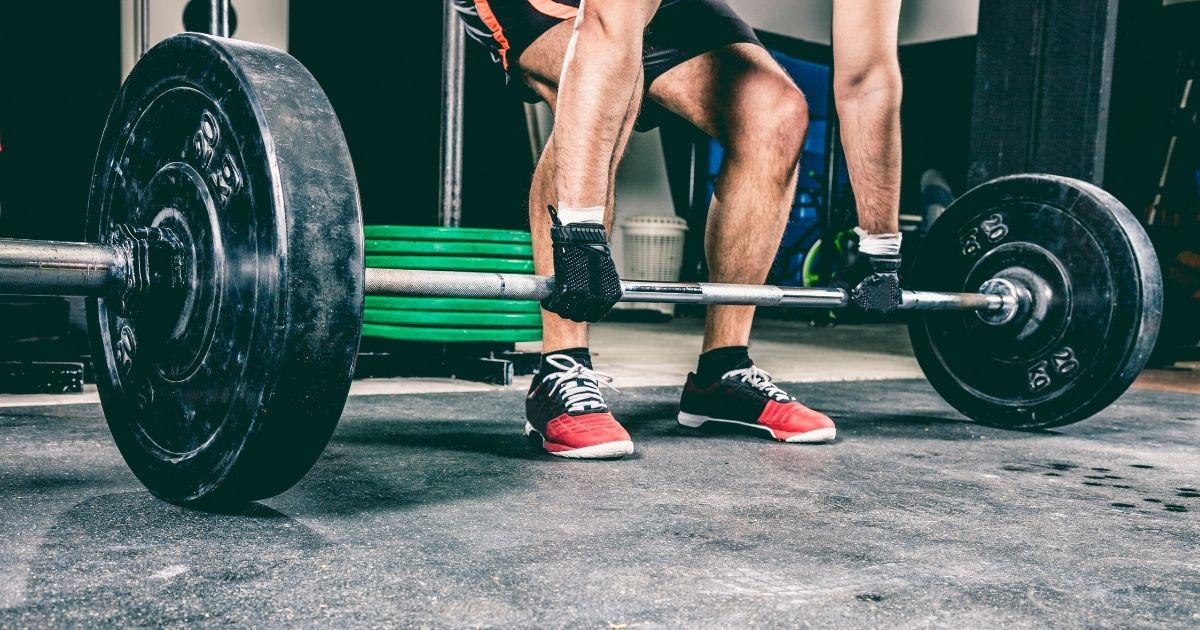
Nutrition and Recovery Strategies
In soccer, achieving top speed is not just about the training; it’s also hinged on optimum nutrition and recovery strategies. We’ll guide you through how to fuel your body and recover properly to ensure peak performance on the field.
Optimizing Macronutrients for Performance
Our muscles need the right balance of macronutrients to perform and recover. Carbohydrates are our main energy source, especially during high-intensity soccer training. Consuming adequate proteins is essential for muscle repair and growth. Fats shouldn’t be neglected either; they play a vital role in hormonal function and energy storage.
Post-Workout Macronutrient Balance:
- Carbohydrates: 50-60%
- Proteins: 20-30%
- Fats: 20-30%
Hydration and Speed
Hydration has a direct impact on our speed and endurance. Dehydration can lead to a significant decrease in performance, as our blood volume lowers, making our heart work harder. To stay hydrated, we should drink water before, during, and after our training sessions. Incorporating electrolyte-rich drinks can also help in maintaining the balance of fluids in our body.
Hydration Guidelines:
- Before Training: 17-20 ounces of water 2-3 hours prior
- During Training: 7-10 ounces every 10-20 minutes
- After Training: Replace every pound lost with 16-24 ounces of water
Rest and Injury Prevention
Recovery isn’t just about what we eat and drink; rest is a cornerstone of injury prevention. Our muscles need time to recover, and without adequate sleep, we’re at a higher risk of injury. Aim for 7-9 hours of quality sleep each night for optimal recovery and to prevent injuries. Remember, it’s not only about the quantity but also the quality of sleep!
Rest Essentials:
- Sleep Duration: 7-9 hours
- Nap: 20-30 minutes when necessary
- Rest Days: Incorporate active rest or complete rest days into your routine
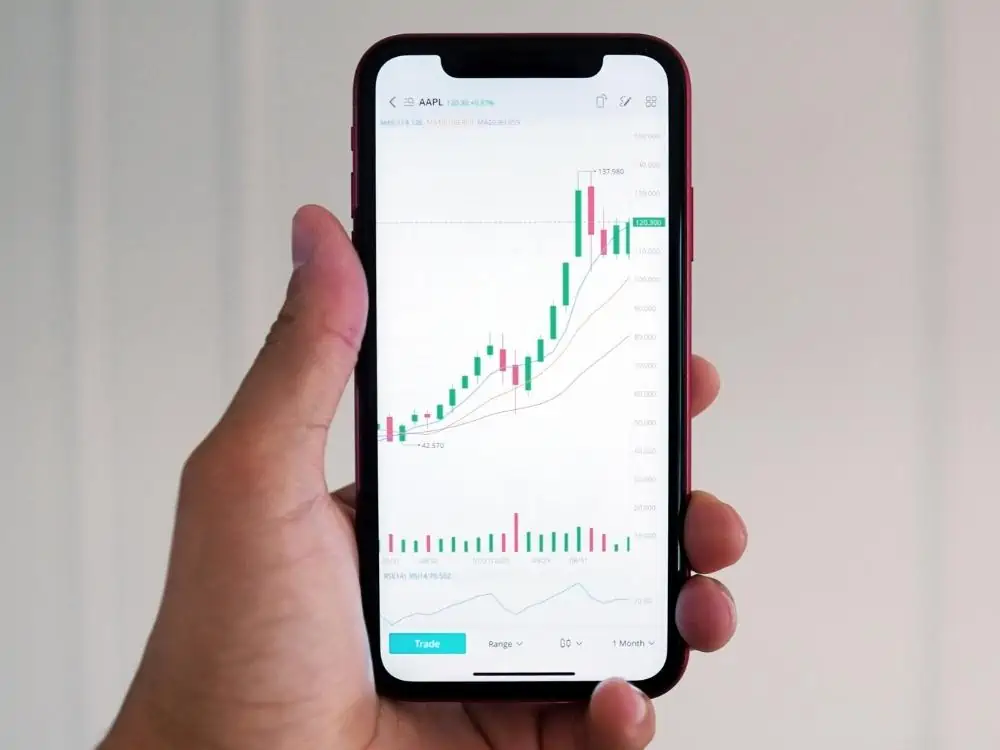
Analyzing and Tracking Progress
To elevate our game, we closely monitor our improvements in speed and agility. Let’s dive into the specifics of how we track our progress to become lightning-fast on the soccer field.
Speed Metrics and Performance Indicators
We keep an eye on key speed metrics, such as acceleration, top speed, and agility times. Accurately measuring our performance on drills like 30-meter sprints and agility courses lets us know where we stand. We particularly focus on our time to cover distances and time to change direction—vital indicators of our soccer-specific speed.
The Use of Technology in Tracking
Embracing advanced technology has been a game-changer for us. We use GPS trackers and video analysis tools for real-time measurements during our practice sessions and matches. With tools that provide feedback on our sprinting form, we can make precise adjustments instantly and strategically improve our performance.
Setting Goals and Adjusting Training
We set smart, measurable goals and regularly adjust our training. As we progress, our workouts become more challenging. If our data shows consistent improvement, we push the boundaries further with more intense drills and strategies that improve speed and agility. By constantly setting higher benchmarks, we ensure that our speed and agility training remains effective and targeted towards our soccer success.
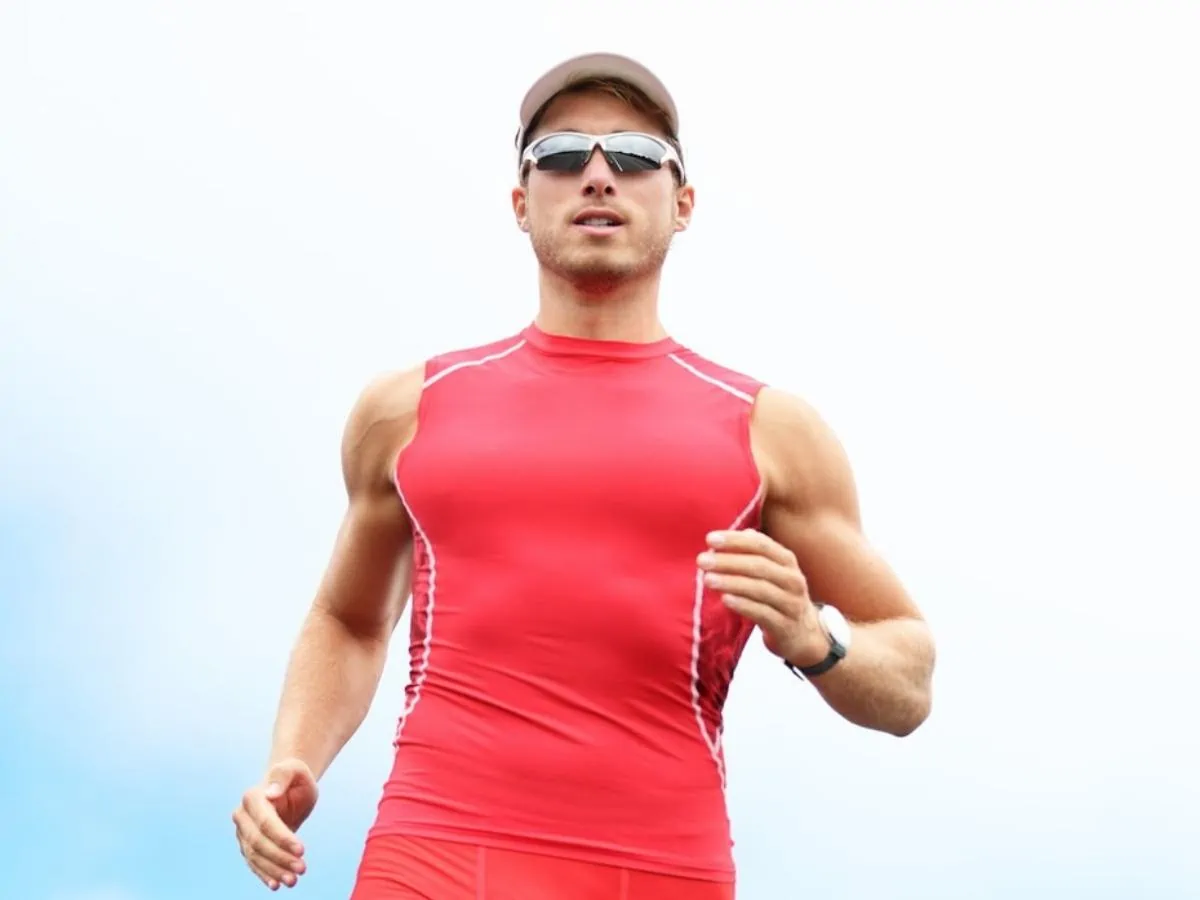
Mental Preparation Techniques
Before we dive into specific techniques, let’s acknowledge that mental preparation is as critical as physical training in soccer. By mastering certain mental skills, we can improve our speed of play and decision-making on the field.
Visualization for Faster Play
We harness the power of visualization to train our minds. By imagining ourselves executing quick sprints and agile maneuvers, we cement these actions in our brain. It’s like running through the game before it happens. We start by picturing the field, our opponents, and the ball. We see ourselves moving swiftly, anticipating plays, and reacting with speed. Visualization practices are not just daydreaming; they are structured mental rehearsals that can lead to faster on-field play when done consistently.
Cognitive Training for Quick Decision Making
Quick decision making is crucial in soccer, where split-seconds matter. To sharpen our cognitive skills, we engage in exercises that mimic match situations requiring speedy choices. This can include strategy games or drills that challenge our reaction times. We practice making quick decisions off the field, so they become second nature on it. Mental training tips highlight the importance of self-talk as well, which fosters a mindset geared towards assertive and swift choices during high-pressure moments.
Share the post "Getting Faster for Soccer: Unleash Your Speed with Elite Training Tactics!"
Joel is a seasoned soccer journalist and analyst with many years of experience in the field. Joel specializes in game analysis, player profiles, transfer news, and has a keen eye for the tactical nuances of the game. He played at various levels in the game and coached teams - he is happy to share his insight with you.



